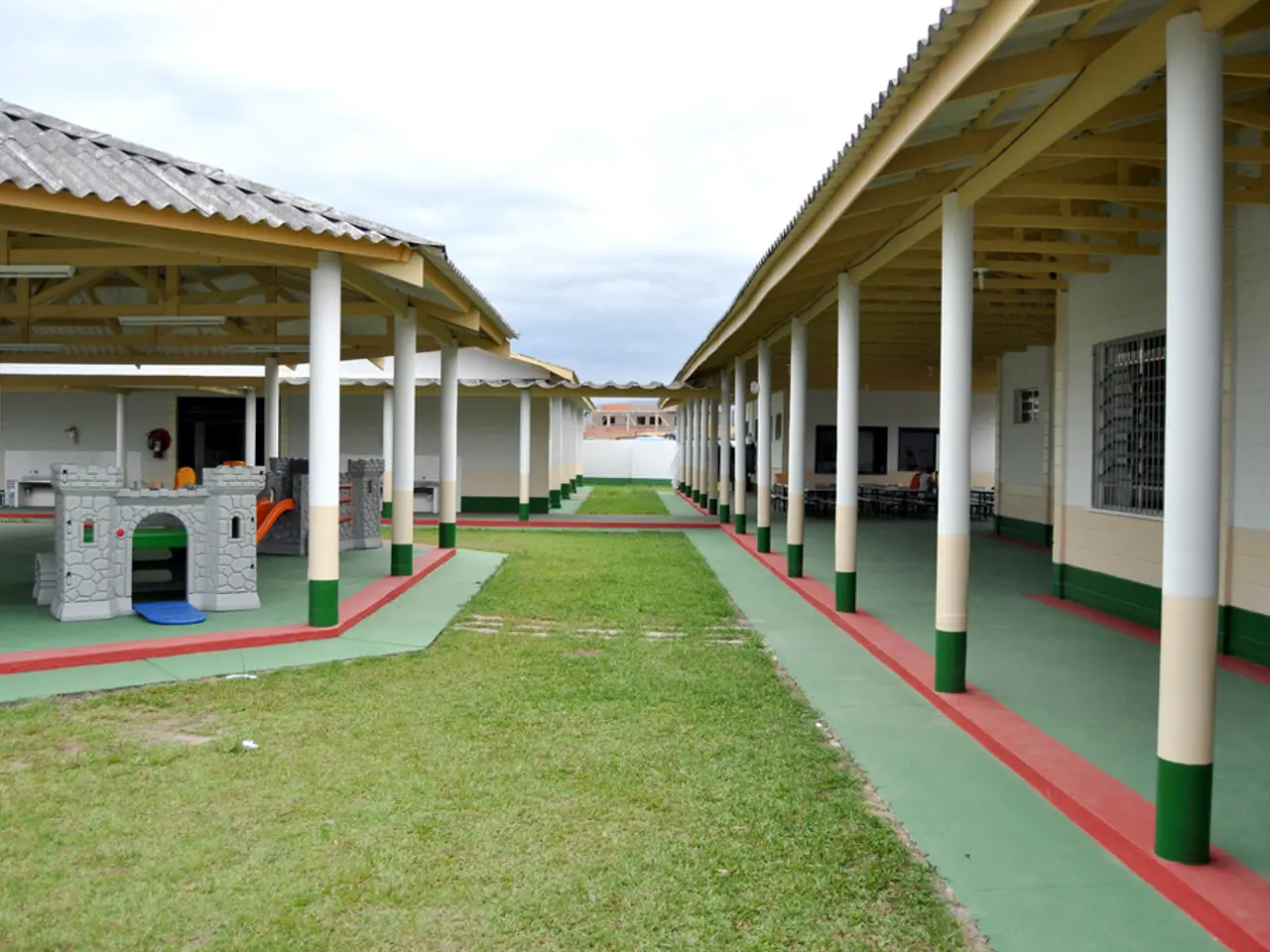Austria's Latest Partial Pension Scheme Now in Effect
Unleashing Flexible Retirement: The New Partial Pension Plan in Austria
Austria is cracking down on expenses. The government's current focus is to save a significant amount, and the newest measure towards this goal is the introduction of the partial pension—a hot topic for the NEOS and presented by Social Minister Korinna Schumann (SPO).
This new partial pension enables employees with pension claims to dip into their retirement early, even opting for early retirement. The main idea: retire partially, close the pension account to the same extent, continue working at half capacity while contributing to the pension account again. Your final pension claim will be a combination of your partial pension and continued contributions.
Brace Yourself for a Partial Pension: Changes in Austria from 2026## Early Retirement Just Got More Tempting
This system will kick off in 2026 and is projected to save the pension system €197 million in 2026 and €402 million in 2027. The government predicts up to 10,000 individuals to make use of the partial pension while still contributing to the pension insurance instead of opting for early retirement. Notably, early retirement will only be possible when partial pension is a viable option, and both you and your employer must agree to it.
It's clear: early retirement appears more financially advantageous for employees than partial pension. Consequently, the SPO has resisted complete abolition of early retirement. Beyond the part-time wage, you'll receive an additional allowance, and all benefits will remain intact upon retirement. However, this approach tends to be more costly for the state and employers.
What about the effect on pensioners?
Despite the Reforms: Pension Costs Remain Steady Until 2029## Social Affairs Ministry's Calculations
The Ministry of Social Affairs has provided calculation examples for various types of pensions and the resulting partial pension in several scenarios, helping you estimate your situation. Summarizing the scenarios: you can opt for partial pension at 25%, 50%, or 75%.
Pension Account: €3,000 A 63-year-old Individual, eligible for the corridor pension, is planning for regular retirement at 65. They agree with their employer to reduce their working hours by 50%. As a result, their pension account will be cut in half.
Partial Pension: €1,347 Calculated as follows: €1,500 (50% of €3,000) minus a 10.2% discount (5.1% per year for the corridor pension).
Pension Account: €2,600 A 60-year-old employee is eligible for the heavy work pension in July 2026. Their regular retirement age would be 61.5. They agree with their employer to reduce their working hours by 25%.
Partial Pension: €632 Calculated as follows: €650 (25% of €2,600) minus a 2.7% discount (1.8% per year for the heavy work pension).
Caring for the Aged: Can Austria Afford It?
Pension Account: €2,800 The employee is eligible for the long-term insured pension at 62 years of age. They decide to continue working and cut their hours by 75% until their regular retirement age of 65.
Partial Pension: €1,835 Calculated as follows: €2,100 (75% of €2,800) minus a 12.6% discount (4.2% per year for the long-term insured pension).
Pension Account: €2,300 The regular retirement age for women gradually increases since January 1, 2024, from 60 to 65 years by 2033. The employee has reached the regular retirement age of 61.5 years in July 2026. They decide to continue working while closing their pension account by 50%.
Partial Pension: €1,150 As no discount applies since they plan to retire at their regular pension age.
Player's Advantage: This "Mechanism" is Intended to Cap Pension Costs by 2030
To see the difference in the aforementioned examples if the participants were to retire at the regular pension age, the Ministry of Social Affairs cannot calculate, as it requires annual earnings and an inflation rate assumption.
## Benefits Across Hundreds of Euros
ÖVP club chairman August Wöginger provided an example during the initial presentation of the partial pension in May: A man earning €4,000 per month and planning for the corridor pension at 63 stands to receive a net pension of €2,121. If he opts for partial pension at 50%, he could earn approximately €2,450 from partial pension and income—around €350 more. If he opts for regular retirement at 65, he would receive €2,712. The variance—dependent on earnings and partial pension model—is several hundred euros.
It's acknowledged that partial pension is both advantageous to the state and businesses. Wöginger also adds, in an interview, that it will be easier to negotiate a partial pension with an employer. Simultaneously, fewer "age part-time jobs due to cost reasons" exist in small businesses.
Personal-finance decisions may become more complex with the introduction of the partial pension plan in Austria, as employees might consider the financial advantages and benefits of early retirement versus partial pension.The recently proposed calculations by the Ministry of Social Affairs indicate that employees could potentially stand to gain hundreds of euros in benefits by choosing the partial pension option, creating a tempting financial incentive for many individuals to consider this path.




